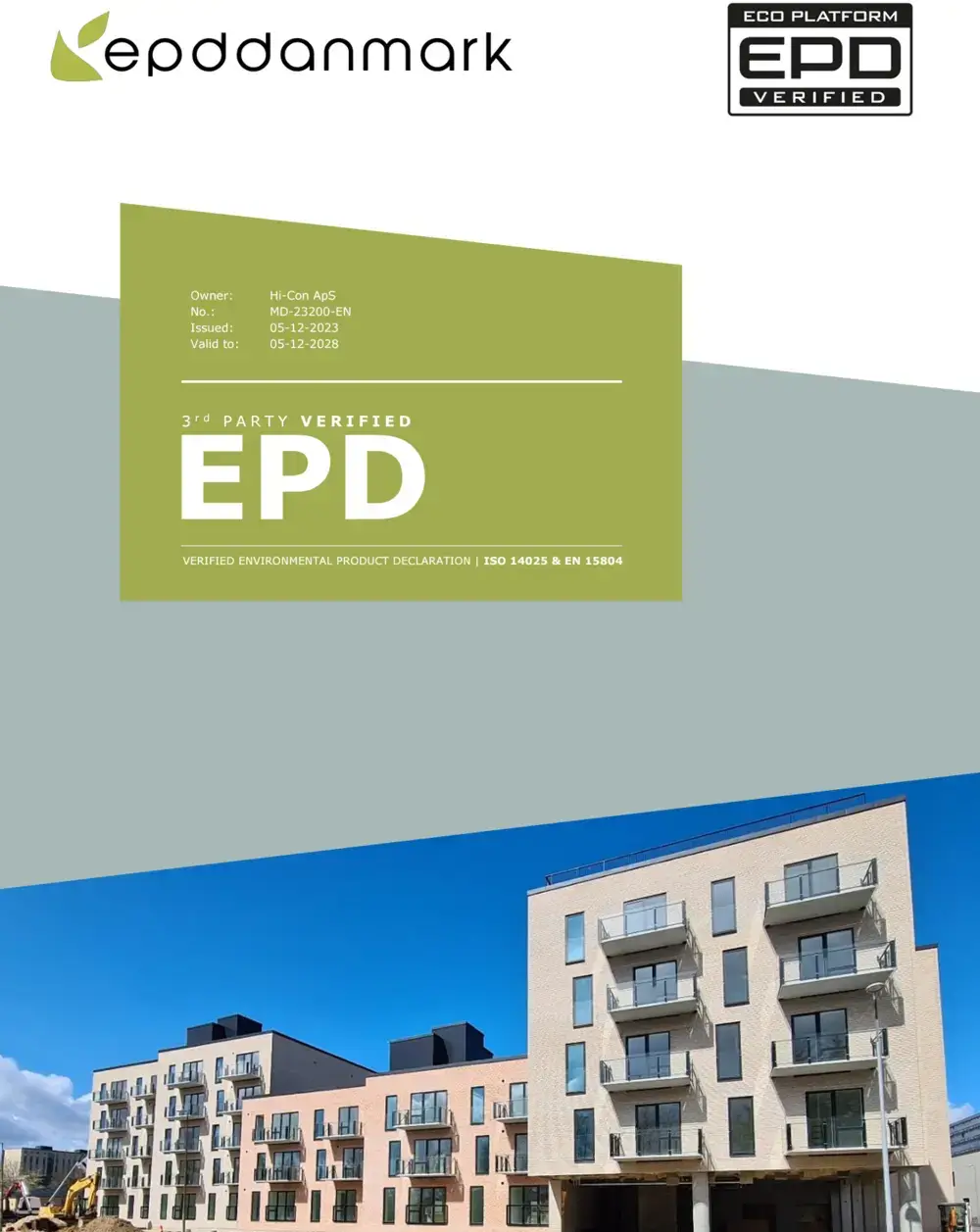
20. joulukuuta 2023

A number of guidelines regarding Ultra High Performance Concrete (UHPC) are already available, and even more are on the way. Developing these guidelines requires significant resources, which raises the question: why is it necessary to invest so much in new guidelines? Why don't Germany or Spain simply adopt the guidelines developed in France, Switzerland, or Japan?
In this post, we will comment on some of the new guidelines—and the differences between them.

Spain should also be mentioned, as they have taken a very commendable approach to the development of new guidelines—or at least they have been better at communicating this than others have. One of the focuses of their UHPC guidelines is to make them simple and quick to use, as well as easy to characterize UHPC. With this in mind, they intend to copy as much as possible from other guidelines, while adapting them where necessary. However, just deciding which guidelines to copy will be a significant task, which carries the risk that the “quick and simple” approach will involve many compromises.
It is also worth commenting on the Nordic countries. Norway was among the first to lead research on UHPC, based on their massive concrete structures for offshore applications—though it has been very quiet over the last 20 years. Denmark has been active in the application of UHPC since Hans Henrik Bache developed DSP in 1978 and CRC in 1987 (and it may also be worth mentioning that Hi-Con has currently produced more than 80,000 tons of structural elements in UHPC). Still, it is not expected that any guidelines will come from the Nordic countries. The primary producer of UHPC in Scandinavia is Hi-Con, and we have decided to work in accordance with the systems in the Eurocode, which means that we have formulated an ETA (European Technical Assessment) for balconies made of UHPC. This allows us to get a CE marking on our balconies, and the next step will be to obtain a similar assessment for other products. The ETA can be seen as a very specific guideline for the manufacture of a specific product in UHPC, which is valid throughout the EU and not just in one country. The images in this post are of various balconies, all covered by the ETA.
With the large number of national guidelines, it is clear that there is a need for international guidelines to simplify the processes. However, this would require researchers and practitioners with very different cultural backgrounds to reach an agreement on various elements, making this a very slow process. In 2013, ACI established a UHPC committee tasked with establishing guidelines, and the working group fib did the same. In 2004, the fib 8.6 working group was formed to draft guidelines for UHPFRC with Joost Walraven as chairman. I joined the group's 4th meeting in Leipzig in 2005, and although the meetings were immensely interesting and presented a lot of significant work, it was clear that it was difficult to reach an agreement. Some of the material presented at the meetings was later used in either the French national annex on UHPC or in the draft German guidelines, and although the fib working group is still active (it has now changed its name to working group 4.2), I do not expect them to have any guidelines ready in the near future. Another alternative would be to make standards within the Eurocode, but this is also not likely within the next 10 years. The application of UHPC will be limited compared to ordinary concrete, which is already covered by the Eurocode. France has already developed national standards, while Germany is still producing technical guidelines for UHPC, covering building materials and structures that are "already tested but not used very often." While I may seem a bit pessimistic about international guidelines, I would be very pleased to see some available within the next few years, as it would make it much easier to work across national borders—but I have no expectations.
Sometimes I cannot help but wonder if we would be much better off today if we were to try our first application of UHPC, given that there is so much more information available about the use of UHPC than there was in 1995, when we produced the first drainage cover for the Great Belt Bridge. At that time, we had to provide extensive documentation, and there was very little information available about UHPC—apart from the documents we had created ourselves, based on our own experience with CRC. On the other hand, I also consider us fortunate because we have been able to try many different things without having guidelines for everything—guidelines that are, of course, created to protect the public and contribute to the necessary level of safety, but which can sometimes also be an obstacle.
I mentioned an example of this in my post about the UHPC workshop in Montpellier. With a mean compressive strength measured on UHPC cubes of 165 MPa in our production, we would not be able to comply with the French or German standards for structural UHPC—but we would have no problems complying with the Canadian, Swiss, or Spanish guidelines. We could easily achieve the required characteristic strength of 165 MPa using heat curing, but this would not improve our product in relation to our specific use—and it would make our products more expensive and less competitive compared to steel and conventional concrete.
Another example relates to the effect of fibers. While we require toughness and crack control in our fiber-reinforced matrix, we always use CRC in combination with traditional reinforcement. This means that we are less dependent on the distribution of fibers than described in the French standard, where concrete is typically produced without traditional reinforcement bars.

Olemme valmiita auttamaan sinua projektissasi.
TÄYTÄ LOMAKE JA OTAMME SINUUN YHTEYTTÄ.